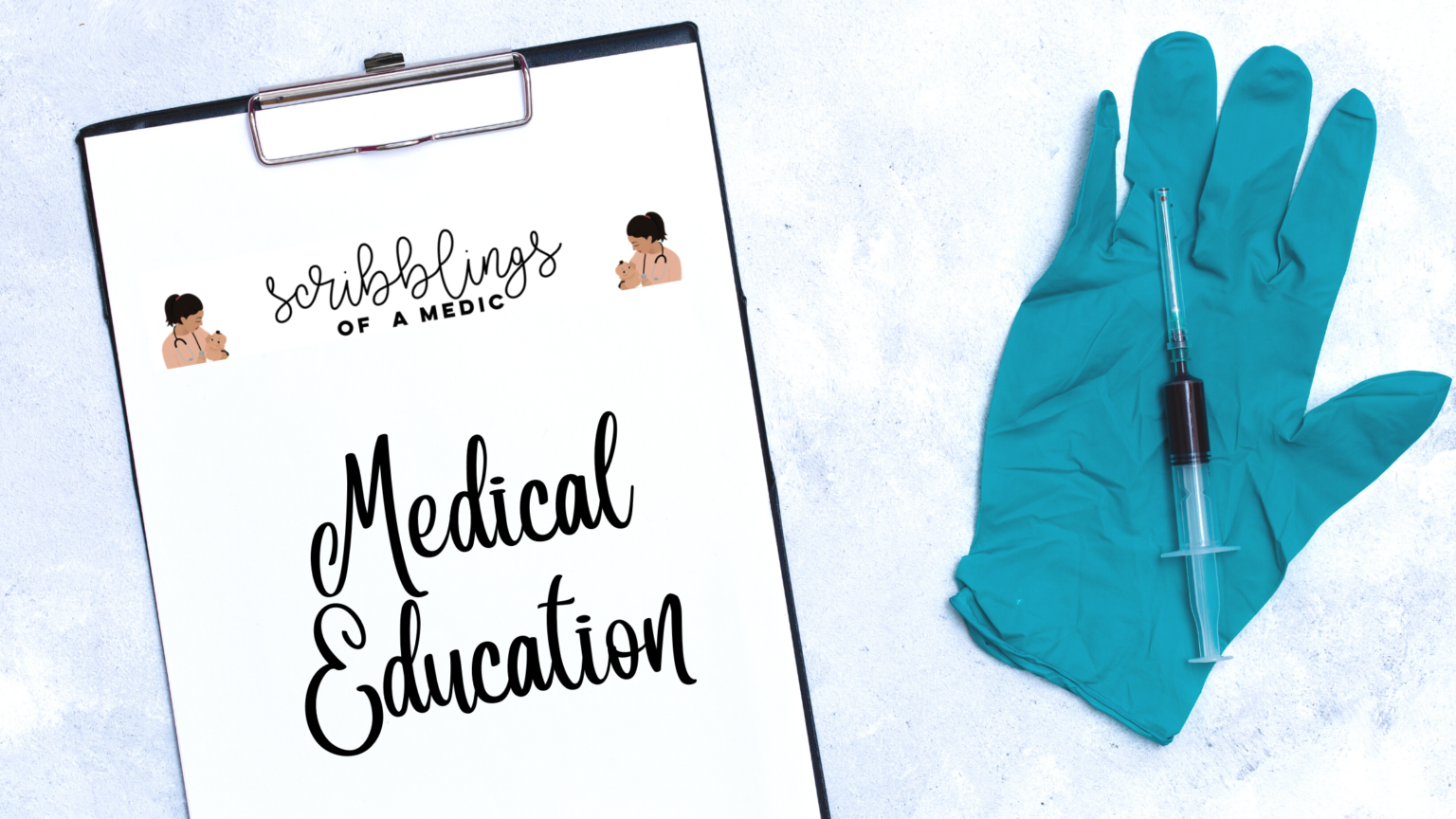We’ve all had chest radiographs taken and we prescribe chest x-rays all the time, but do you know the basics of what you should be looking for? Chest radiographs are highly useful investigation tools which contain a vast amount of detail. Over the years, I’ve found it useful to use a systematic way to read a chest x-ray – starting from the airways and ending with all the bones/soft tissue. This minimises the possibility of you missing an important finding or getting distracted by a major finding and hence missing out on any other abnormalities.
Remember air will appear black on a x-ray, and bone appears white.
How to order a radiograph –
Even though it is a technician who may take the radiograph, it is important to ensure you request a radiograph accurately. Make sure the patient’s name, age and BHT/patient number is accurately noted on the request form. It is also important to ask for the correct (Skull/chest/lumbar) region and angle (either AP/PA/Lateral). A brief history will also be useful, especially if the x-ray will have to be reported by a radiologist.
So let’s get started with reading chest x-rays-
- First thing you need to make sure is that the patient details are accurate. Name (you won’t believe how many times investigations get switched – there are tons of Pereras and De Silvas), age and date the x-ray was taken.
- Check the projection of the chest x-ray – is it anteroposterior (AP) or posteroanterior (PA)? Ideally you should aim for a PA view where the patient is standing and the radiation passes from back to front. This allows a better view of the thorax. In an AP view, the cardiac silhouette will appear larger and hence you cannot accurately assess for cardiomegaly. Remember that patients who are critically unwell will not be able to stand and take a proper PA view, so an AP view will have to suffice.
- In order to ensure that the quality of the x-ray is adequate, you need to check the rotation, inspiration and penetration of the film (a.k.a RIP).
- R – to check if the film is rotated you need to check the distant between the head of the clavicle and the spinous process of the vertebral bodies. If they are not of equal distances on both sides, then there is patient rotation. This can make it look like there is a mediastinal shift inaccurately.
- I – in order to get a good look at the entire thorax, the patient needs to take in a good deep breath (inspiration). To check for adequate inspiration – count the number of ribs! There should be at-least 6 ribs anteriorly and 10 ribs posteriorly.
- P – Adequate penetration means that you should be just able to see the vertebral bodies behind the heart. Under or over penetration of X-rays can make the radiograph less clear and important findings can be missed. In digital x-rays however, the penetration can be adjusted, but in the government sector they still largely uses analog radiographs.
- Obvious abnormalities – If there is an obvious abnormality on the radiograph then report on that first, for example, if there is an obvious mass or pneumothorax. A basic description would at least include the location (left/right or which lobe) and the size/shape of the abnormality.
- Now go through the x-ray systematically – get up close and personal with the radiograph. ABCDE is a useful system to go by.:
A – Airways – Check if the trachea is central on the radiograph. If it has got pushed/pulled to one side, check for any obvious abnormality that may be causing the deviation – i.e. a large pleural effusion can push the trachea away from the centre whilst fibrosis can pull the trachea towards the abnormality.
B – Breathing – Start at the apices and move your gaze down scanning both lungs until the Costophrenic angles. Both hila should have similar densities and try to look for a lung edge which will be apparent in pneumothoraces.
C – Cardiac – To assess for cardiomegaly, the diameter of the heart should not be more than 50% of the total thoracic diameter (cardiothoracic ratio). Always check the border of the heart to make sure there is no air surrounding the heart (will appear as a black lining around the heart) – pneumomediastinum.
D – Diaphragm – The right hemidiaphragm is usually slightly higher than the left as the liver pushes it up. Both hemidiaphragms should be slightly curved towards the corners and form the Costophrenic angles. The diaphragm can be flat where there is increased intrathoracic pressure such as in COPD. The angles should be sharp and clear – if hazy, then there maybe fluid collected, i.e. in a pleural effusion. Don’t forget to look just under the diaphragm for any air collection which can indicate a pneumoperitoneum (a.k.a perforation somewhere in the abdomen – EMERGENCY!) – especially on the right side as in the left side you may find a gastric bubble/bowel loop.
D – Delicates – don’t forget the bones! Rib fractures are very common. Also examine the soft tissues for any black areas which could mean a surgical emphysema is present.
E – Everything else – don’t forget that your patient can have NG tubes, endotracheal tubes, pacemakers, lines and all sorts of foreign objects that will be very apparent on the x-ray and must be commented on. If they show you an x-ray for an exam, don’t forget to comment on these features. ET tube, neck lines and NG tube placement can be assessed using a chest x-ray.

Case courtesy of A.Prof Frank Gaillard,
<a href=”https://radiopaedia.org/”>Radiopaedia.org</a>. From the case <a href=”https://radiopaedia.org/cases/8304″>rID: 8304</a>
Other areas that we commonly miss are the hila, area behind the heart and under the diaphragm so don’t forget to check it!
So this is the gist of deciphering a chest x-ray, always remember the more you see and systematically report (even if its just in your head), the more familiar you will become with reporting radiographs and they will become easier. A great book that I’ve recommended numerous times is “The unofficial guide to radiology: chest, abdominal and orthopaedic x-rays plus CTs, MRIs and other important modalities” by Mark Rodrigues and Zeshan Qureshi. It basically explains everything from the basics to the more complex aspect of radiology. Highly recommend it – it’s a massive book, but don’t get scared by it!





